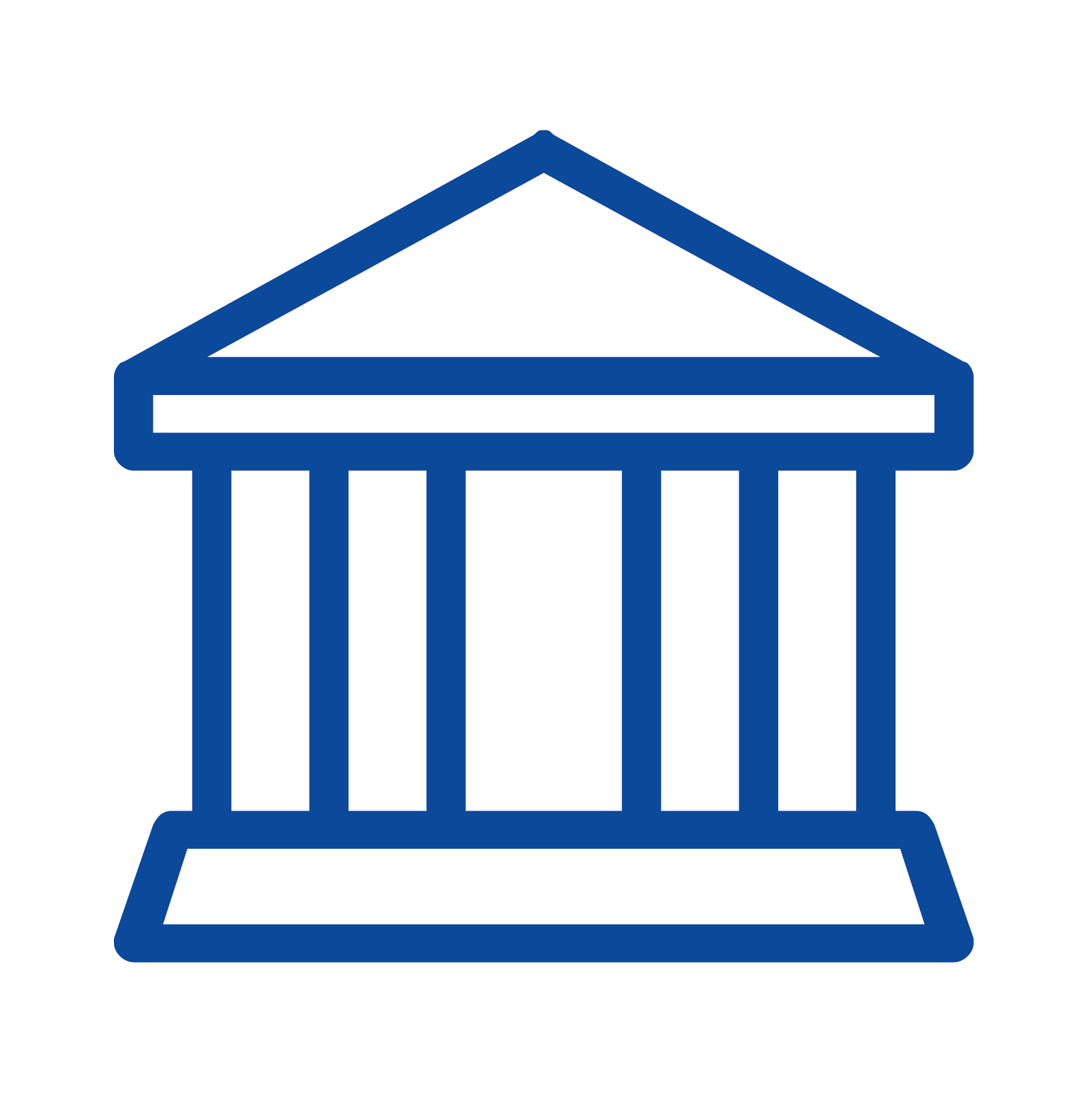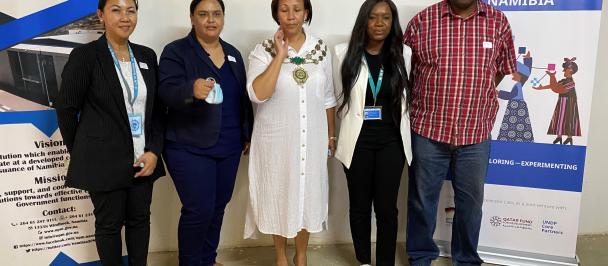Using the COVID-19 Pandemic to catalyse a worldwide revolution in information and communication technology.
Reconsidering Government through five new e-Governance ideas
May 11, 2020
Reconsidering Government through five new e-Governance ideas
By: Yrika Maritz- Head of Experimentation: Namibia Accelerator Lab
The COVID-19 Pandemic has catalyzed a worldwide revolution in information and communication technology. Having spent the past four months at the UNDP Accelerator Lab in Namibia, this frontier challenge has been one which has not eluded me. And it’s not a surprise at all! The pre-COVID-19 days were immersed with a plethora of ideas and challenges. The dutiful learning cycle of the Lab took us from seeking solutions around improving data quality, reasons behind slow decentralization of services and exploring ways of public participation and co-creation.
Then the lockdown imposed by COVID-19 forced us into the confines of our homes where we had to speedily adapt. New ways of remote working, reaching out and finding solace on the Internet, the personal computer, and the mobile phone became fundamental to embracing the ‘new normal’.
Similarly, the pandemic has forced the Government to embrace and place a higher value on e-Government. Internet penetration stands at 53% for a population of 2,5 million. The Namibia Accelerator Lab is introducing five new ideas that propose to ensure that an e-Government has the potential to improve government service delivery. Furthermore, these ideas aim to enhance transparency, bring government closer to the people, by enhancing public participation and streamlining operations and costs.
Idea 1: Good e-Government leads to better e-Governance
While these two concepts are sometimes used interchangeably, they are quite different. e-Government refers to the development and delivery of digital services to the public. A service which the government makes available online usually has an ‘e’- prefix such as e-Tax, e-Records, e-Health and so on. e-Governance refers to a broader, umbrella concept that includes the inter-sectoral relationships on how ICT is maximized to improve services. Central to this relationship is the interplay of exchange pillared on participation, responsiveness, efficiency, effectiveness, transparency and accountability.
Idea 2. Namibia is not new to e-Governance.
That’s right. The public service of Namibia was quite current in terms of computer acquisition, even pre-independence. Initially, computers were used largely by finance and the military. Post-independent Namibia saw a surge in interest on computerization and efforts to develop a policy to guide ICT use began in 1993. In 2005, the e-Governance policy for the Public Service of Namibia was launched.
Idea 3: e-Governance leads to better transparency and accountability.
Since e-Governance opens up new ways for citizens, civil society and the private sector to keep track of on-line public services, the implementation of decisions and policies are similarly available on-line. The development of Apps and mobile telecommunications could be used to expand the delivery and access of basic services to underserved communities. The use of these new communication channels provides opportunities for those to raise their concerns and voices, influencing decision-making and the traditional means of public policymaking.
Idea 4: e-Governance will bring government closer to the people
Greater public participation in e-Governance will bring government closer to citizens. This is especially the case when you need to access any government service, such as applying for a passport, paying for your water and electricity or a speeding fine. e-Governance would make life easier for you by providing an alternative centre to apply for and receive public services. These centres may consist of a desk-top set up at your nearest government office, ministry of agency, the use of a personal computer in the home or office or on your mobile device.
Idea 5: e-Governance allows for 24-7 Services at the click of a button
This seamless approach allows for the delivery of public services 24 hours a day, 7 days a week. e-Governance provides for a government web site as a central entry for government services, information and consultation, regardless of functional or sector area. This online integration of services is a big step for many Namibians and will solve many of the challenges we experience to receive services. Soon, queuing up at 4 am to apply for an Identity document or passport will be a thing of the past. And this is something our underserved communities, about half of the Namibian population are accustomed to. The question is, are we ready for e-Governance? Share your thoughts by tagging us on social media #AccLabNam and by following #UNDPNamibia

 Locations
Locations

